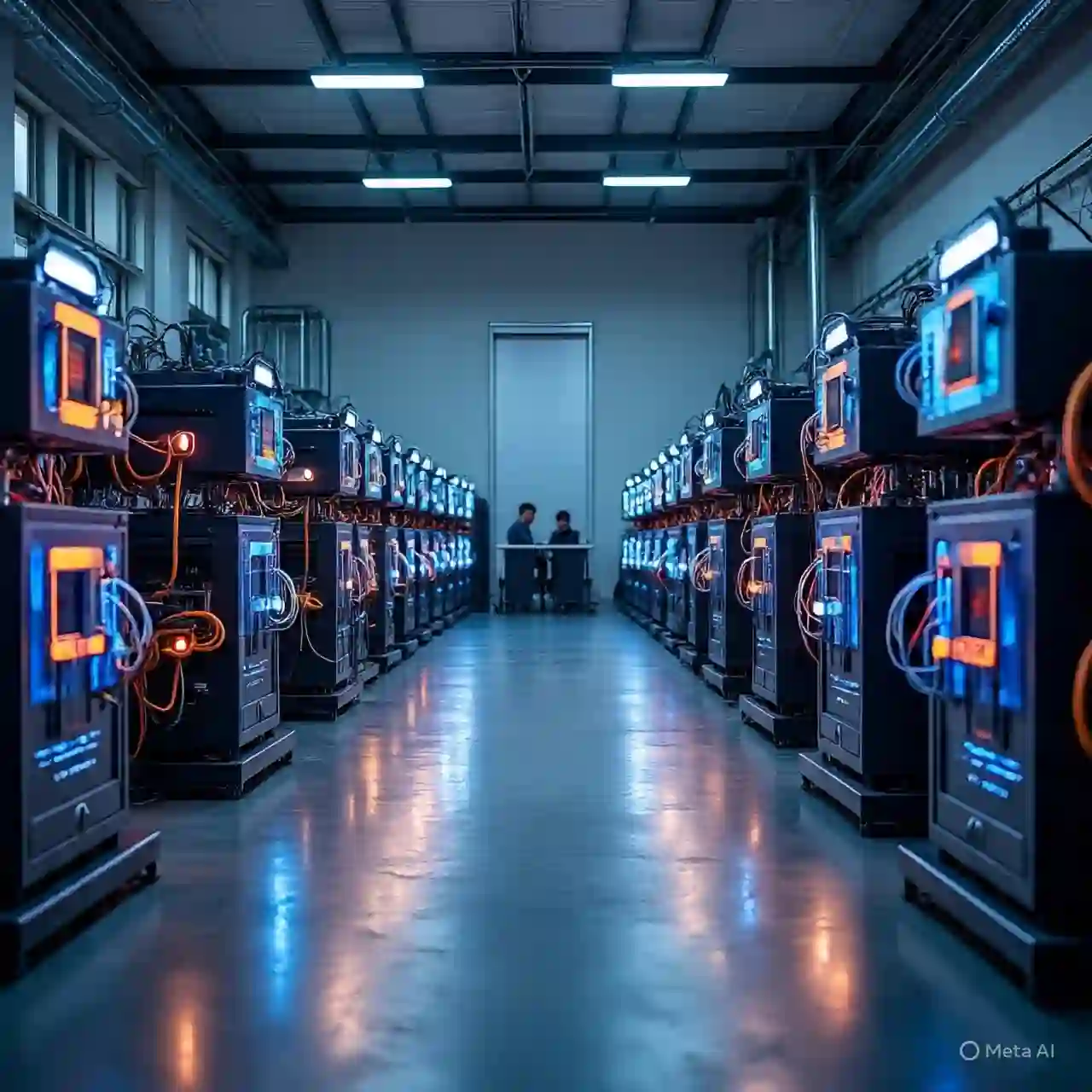What do you do when your clean energy output is more than your grid needs? For South America’s Adecoagro, the answer is: mine Bitcoin.
In a surprising but smart partnership, the agricultural powerhouse is teaming up with U.S. stablecoin giant Tether to put surplus renewable power to work in the world of crypto.
The new alliance is focused on creating a green, sustainable Bitcoin mining operation in Brazil.
It’s a way for Adecoagro to put its spare energy to good use — and for Tether, it’s another step in expanding its global mining footprint without leaving a heavy carbon footprint behind.
Why This Partnership Makes Sense
Adecoagro currently has 230 megawatts of renewable energy at its disposal — a mix of wind and solar.
But as any energy provider knows, renewables can be unpredictable.
Some days there’s too much sunshine or wind and not enough demand.
According to CEO Mariano Bosch, the new plan aims to turn those “extra” electrons into value.
Instead of letting energy go unused when demand dips, it’ll be rerouted into Bitcoin mining rigs.
That means steadier income for Adecoagro and a more climate-conscious solution for crypto operations.
Tether Brings the Tech and Transparency
Tether isn’t just investing in hardware — it’s also bringing its own brains to the operation.
The company will manage the mining infrastructure using its proprietary Tether Mining OS.
And here’s the kicker: they plan to open-source it.
Tether CEO Paolo Ardoino said their goal is to let others across the globe — from Asia to Europe — adopt and adapt the software.
It’s a big move in an industry that’s often criticized for secrecy and environmental impact.
Tether’s betting that by showing its code and its carbon-conscious methods, it can shift the narrative around Bitcoin mining.
Managing Conflicts with Clear Oversight
Now, there’s a bit of corporate overlap here.
Juan Sartori, who’s helping lead this initiative, sits on both sides — he’s Tether’s Head of Business Initiatives and also chairs Adecoagro’s board.
To avoid any bias or backroom deals, an independent committee had to greenlight the project.
That extra layer of oversight reassures stakeholders and makes sure everything’s above board — which is especially important in the fast-moving, often-scrutinized crypto world.
A Win-Win on the Ground in Brazil
For Adecoagro, the economics are pretty straightforward.
When solar output peaks midday and energy prices drop, it’s often not worth selling to the grid.
But with this mining setup, they can divert that power to Bitcoin rigs instead — and potentially make more money doing it.
They’re not shutting off supply to communities, either.
The plan leaves enough energy to keep towns and farms powered, while allocating the rest for mining.
Tether’s Bigger Green Mission
This isn’t Tether’s first foray into clean energy mining.
They’ve already launched similar projects in Europe and North America.
With Brazil now in the mix, the company is building a truly global network of sustainable crypto mining hubs.
Paolo Ardoino explained it like a formula: take low-cost green energy, run it through smart software, and let others learn from the results.
In other words, it’s not just about Bitcoin — it’s about innovation that others in the space can build on.
The Bigger Picture
As crypto continues to evolve, partnerships like this might just reshape how the industry works with energy — and how it’s perceived by regulators and the public.
Instead of being seen as a power-hungry monster, crypto could be viewed as a flexible, scalable tool for balancing energy grids and monetizing excess electricity.
Tether and Adecoagro may be paving the way for a cleaner, more transparent future in crypto mining.
And they’re doing it one Bitcoin at a time — powered by the sun, wind, and some very sharp software.
